Revolutionizing Business Growth
Programmable APIs and the Messaging Services Advantage Speak to an expert
Empower Your Communication: VNS Programmable API Solutions for Seamless and Effective Campaigns.
At VNS, our commitment lies in delivering the industry's most innovative, user-friendly, and all-encompassing programmable API platform. Our mission is to offer effective solutions that connect with your audience seamlessly through API, empowering you to create campaigns that resonate with your customers.

The Power of Programmable APIs in CPaaS for Modern IT Companies

Integration: A Catalyst for Seamless Operations
The core strength of Programmable APIs lies in their ability to seamlessly integrate into CPaaS, forming a robust foundation for efficient communication and collaboration. For professional IT companies, this integration is not merely a technological enhancement but a strategic imperative. It facilitates a unified communication platform that converges disparate services, streamlines workflows, and fosters real-time collaboration. Whether it's integrating with project management tools, customer relationship management (CRM) systems, or internal communication channels, Programmable APIs empower IT companies to create a cohesive ecosystem where information flows seamlessly, promoting agility and responsiveness.
Accessibility: Bridging Communication Gaps
In an era where remote work and global collaborations are becoming the norm, accessibility is paramount. Programmable APIs in CPaaS serve as the bridge that connects teams, clients, and systems, regardless of geographical boundaries. This accessibility ensures that communication is not hindered by distance or device. Mobile applications, web platforms, and even emerging technologies like IoT devices can all be integrated and accessed through a unified API. This level of accessibility not only enhances internal collaboration but also enriches client interactions, creating a more connected and responsive IT environment.


Benefits: Elevating IT Service Delivery
The benefits of incorporating Programmable APIs into CPaaS are manifold. One significant advantage is the enhanced scalability they offer. IT companies can effortlessly scale their communication infrastructure to meet growing demands, ensuring that service delivery remains consistently optimal. Moreover, the flexibility of Programmable APIs allows for customization, enabling IT professionals to tailor communication solutions to specific project requirements. This adaptability is particularly crucial in a sector where diversity in client needs and project scopes is the norm.
Another noteworthy benefit is the improvement in client engagement and satisfaction. Programmable APIs empower IT companies to deliver real-time updates, project milestones, and support services directly through clients' preferred communication channels. This not only enhances transparency but also cultivates a sense of trust and reliability, critical components for fostering long-term client relationships.
Requirements in a Service-Driven Landscape
As service levels undergo drastic changes, the requirements for a CPaaS solution with Programmable APIs have evolved. Security is a paramount concern, and any integration must adhere to the highest standards of data protection. Encryption protocols, authentication mechanisms, and secure endpoints become non-negotiable elements in the IT company's toolkit.
Furthermore, as service expectations shift towards instant response and real-time collaboration, the need for low-latency communication becomes imperative. Programmable APIs must ensure swift data transfer, minimizing delays and bottlenecks that could impede effective collaboration. In the dynamically changing landscape of IT services, adaptability is a key requirement. Programmable APIs must be agile enough to integrate with emerging technologies, anticipate future communication needs, and seamlessly evolve alongside the IT company's service offerings.

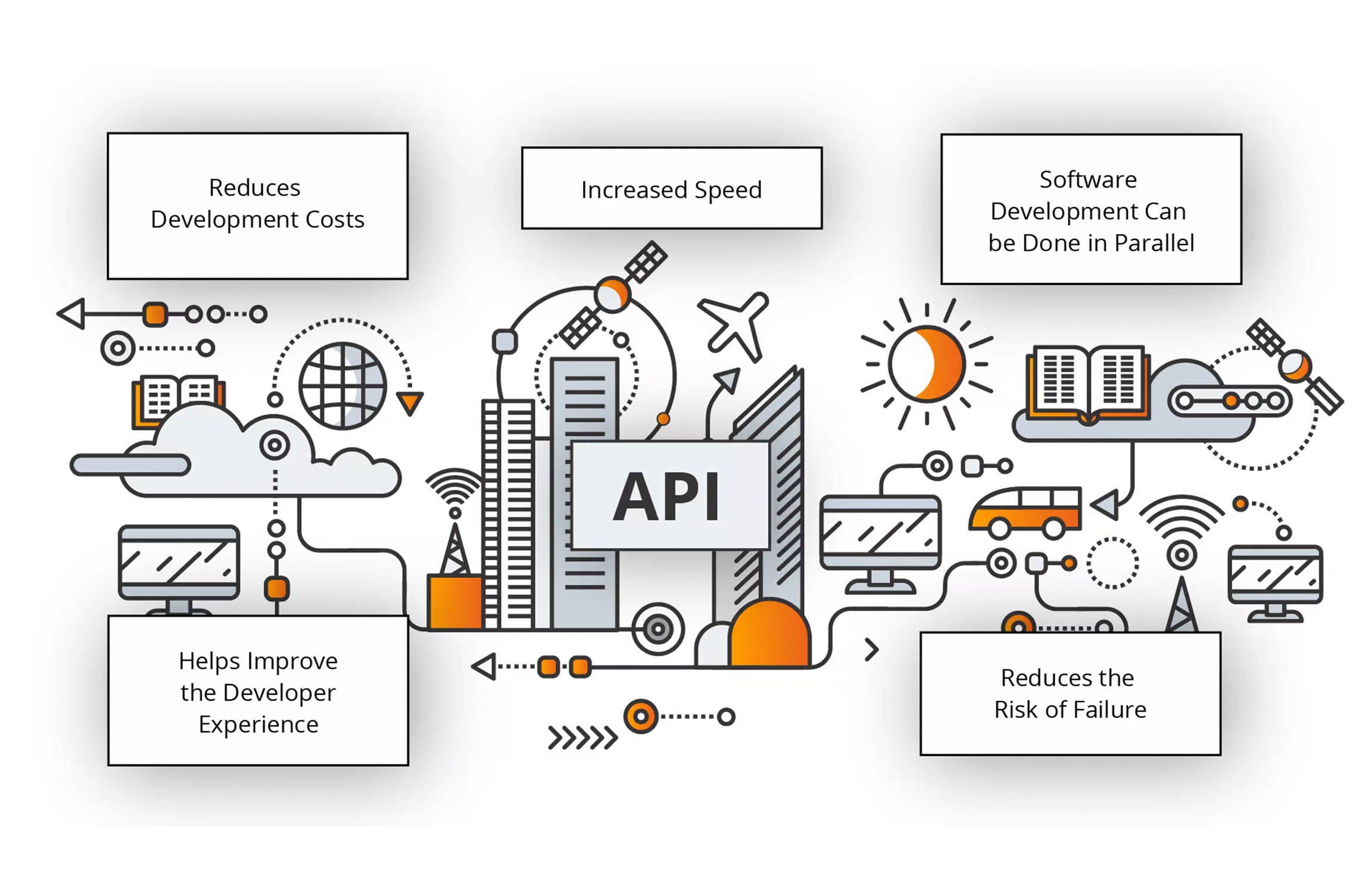
Conclusion: Navigating the Future with Programmable APIs
As IT companies embrace the era of digital transformation, Programmable APIs in CPaaS emerge as indispensable tools for navigating the future. The integration, accessibility, and benefits they offer are not just technological enhancements; they are strategic enablers that empower IT professionals to deliver superior services in an environment of constant change. As service levels continue to evolve, the IT companies that harness the power of Programmable APIs will find themselves at the forefront of innovation, driving growth and success in the ever-evolving IT landscape.


Targeted Communication
Leverage programmable APIs to deliver targeted messages, ensuring content relevance to individual user preferences and behaviors.
Multimedia Support
Utilize rich media capabilities for engaging and visually appealing messages, incorporating images, videos, and interactive elements where applicable.
Two-Way Interaction
Enable interactive communication channels, allowing users to respond, provide feedback, or take actions directly within the messaging platform.

Personalized Promotions
Deliver personalized promotional messages based on user data and preferences, enhancing the effectiveness of marketing campaigns.
Visual Appeal
Leverage visual elements to create visually appealing promotions, increasing user engagement and conveying messages more effectively.
Call-to-Action
Include clear calls-to-action in promotional messages, guiding users on the desired next steps or actions to drive conversions.
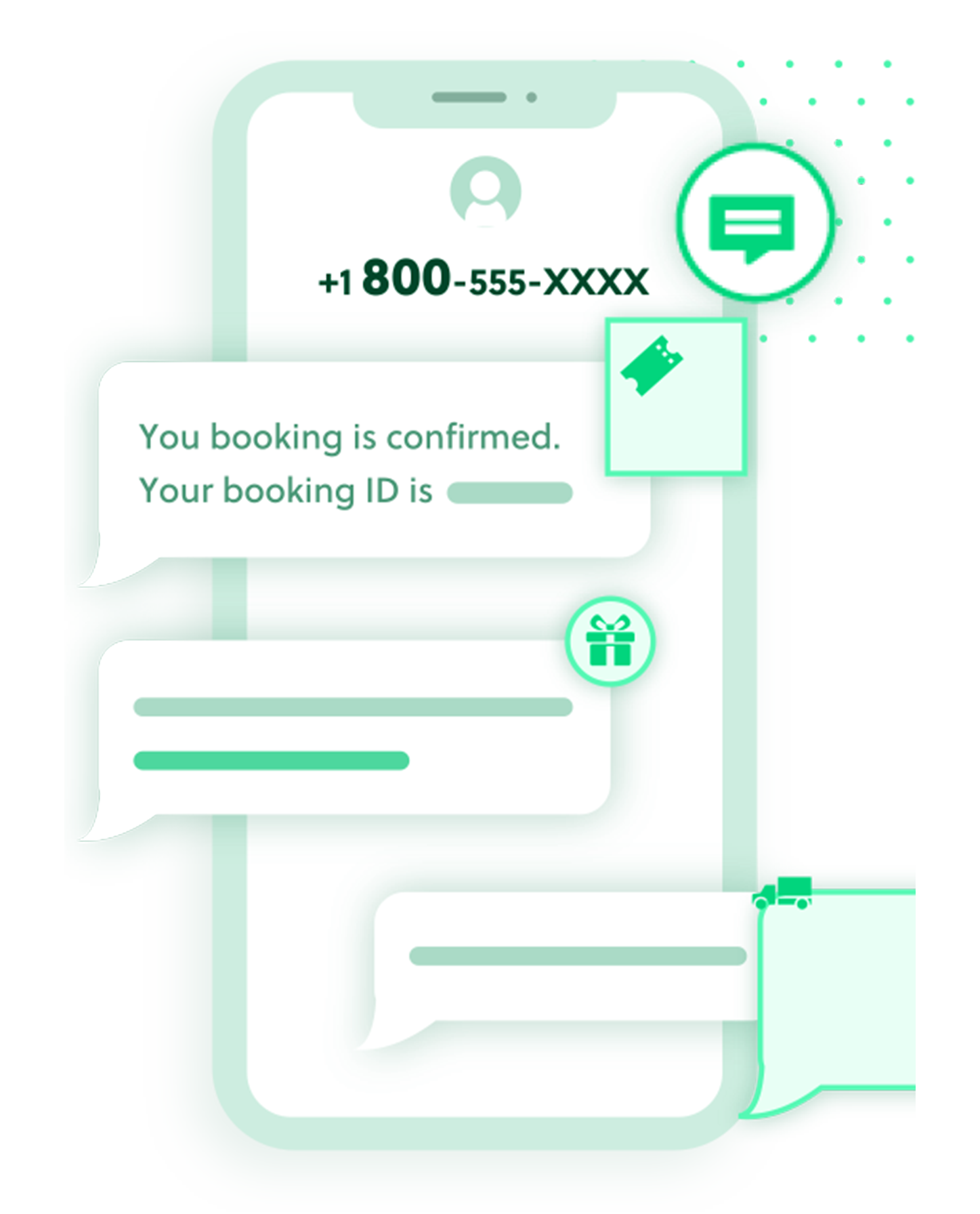
Transactional Messages
Provide real-time transactional updates, leveraging the immediacy of messaging channels to enhance customer experience.
Secure Information Delivery
Ensure secure and encrypted delivery of sensitive transactional information, maintaining the confidentiality of user data.
Interactive Elements
Incorporate interactive elements for users to engage with transactional messages, enhancing the overall user experience.
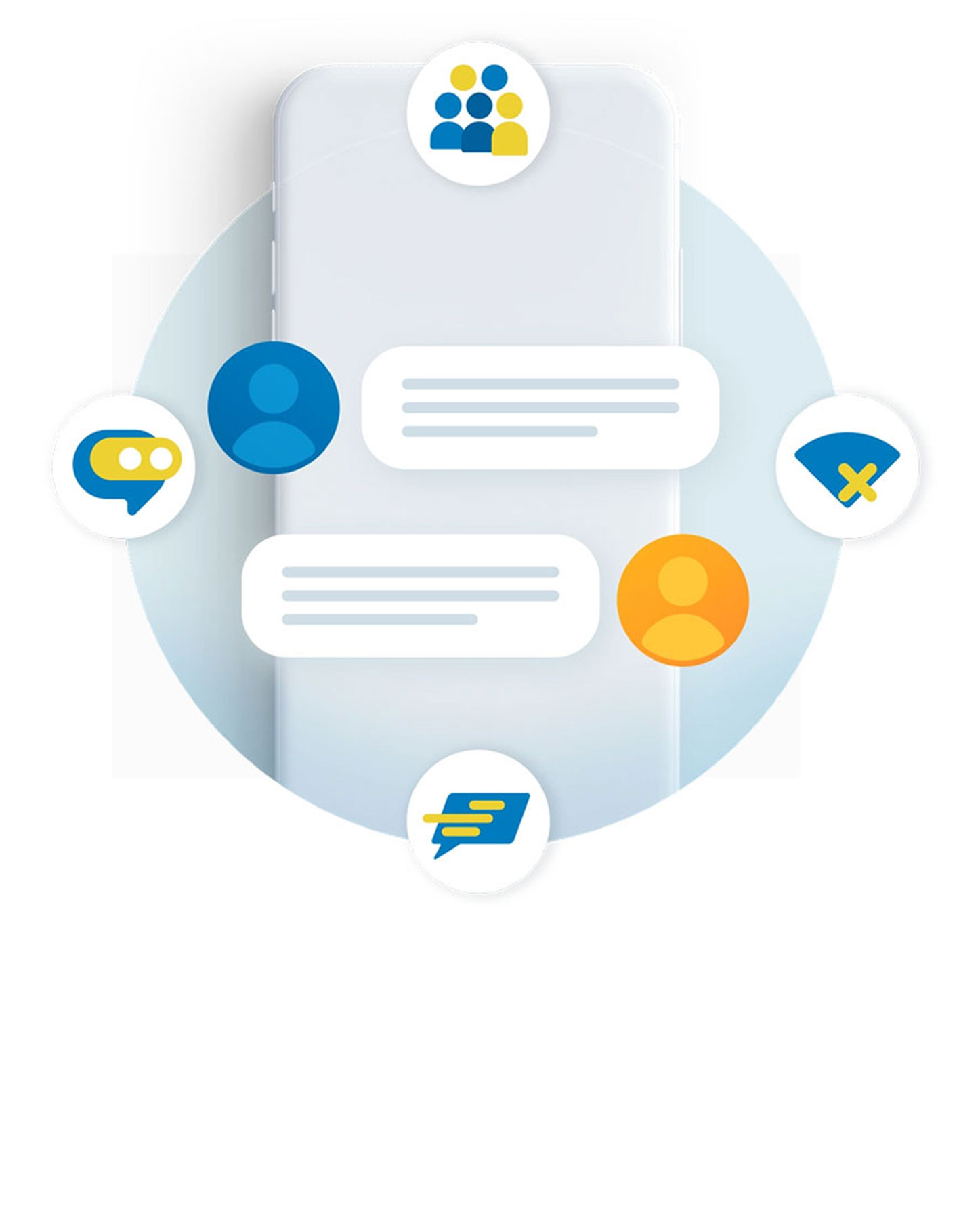
Interactive Service Communication
Engage users through interactive service messages, offering opportunities for surveys, feedback, and direct communication.
Visual Service Elements
Utilize visual elements where applicable in service messages to convey information more intuitively and enhance user understanding.
Automated Notifications
Automate service notifications for timely updates, providing users with relevant information and enhancing operational efficiency.
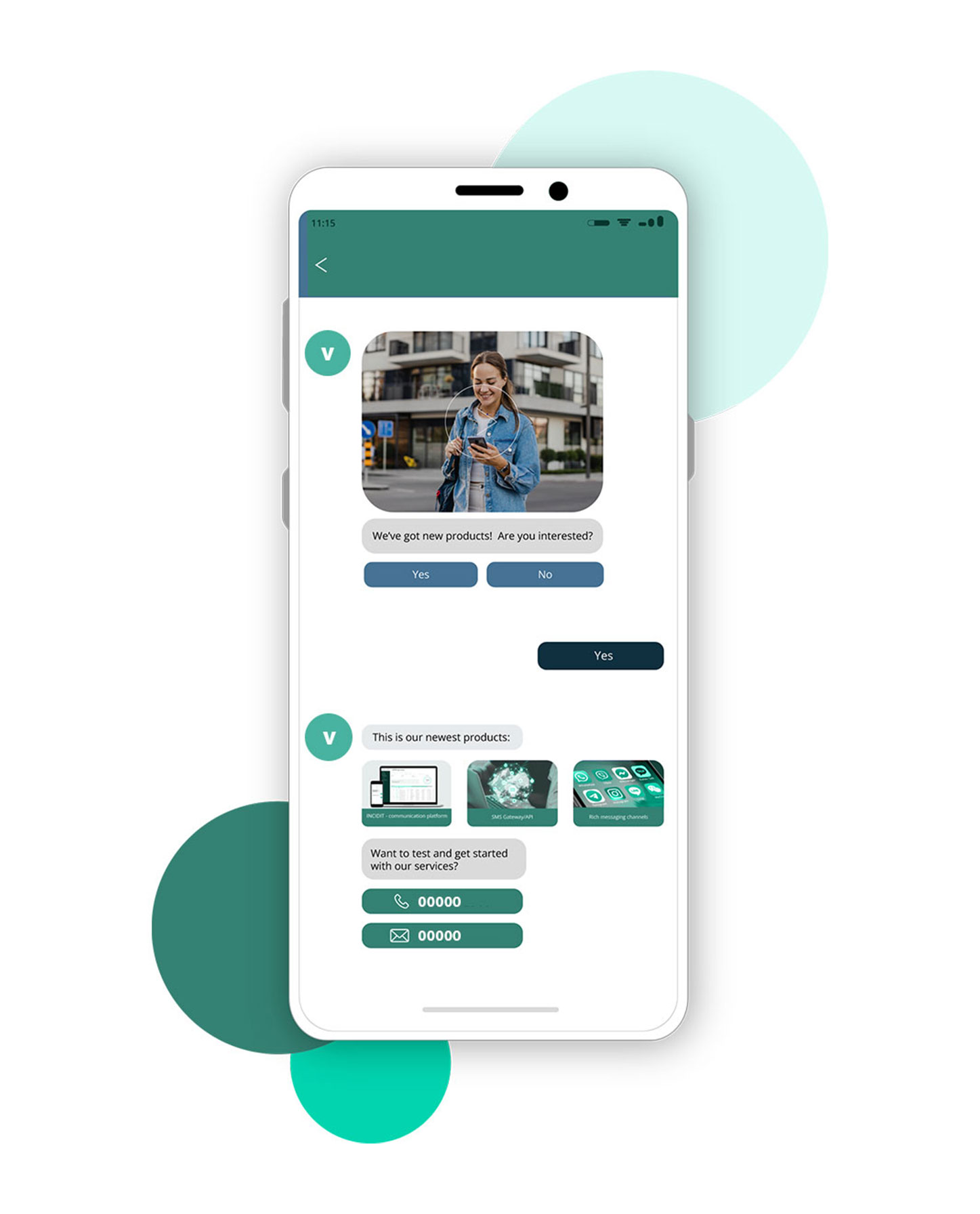
Audience Engagement
Foster increased audience engagement through personalized communication, leading to stronger connections and brand loyalty.
Operational Efficiency
Streamline operations by automating messaging workflows, reducing manual effort, and efficiently handling a high volume of messages.
Data-Driven Decision Making
Collect and analyze data insights from user interactions to make informed decisions and refine messaging strategies.
Global Reach
Leverage the universal accessibility of messaging channels to expand market reach globally, connecting with diverse audiences.
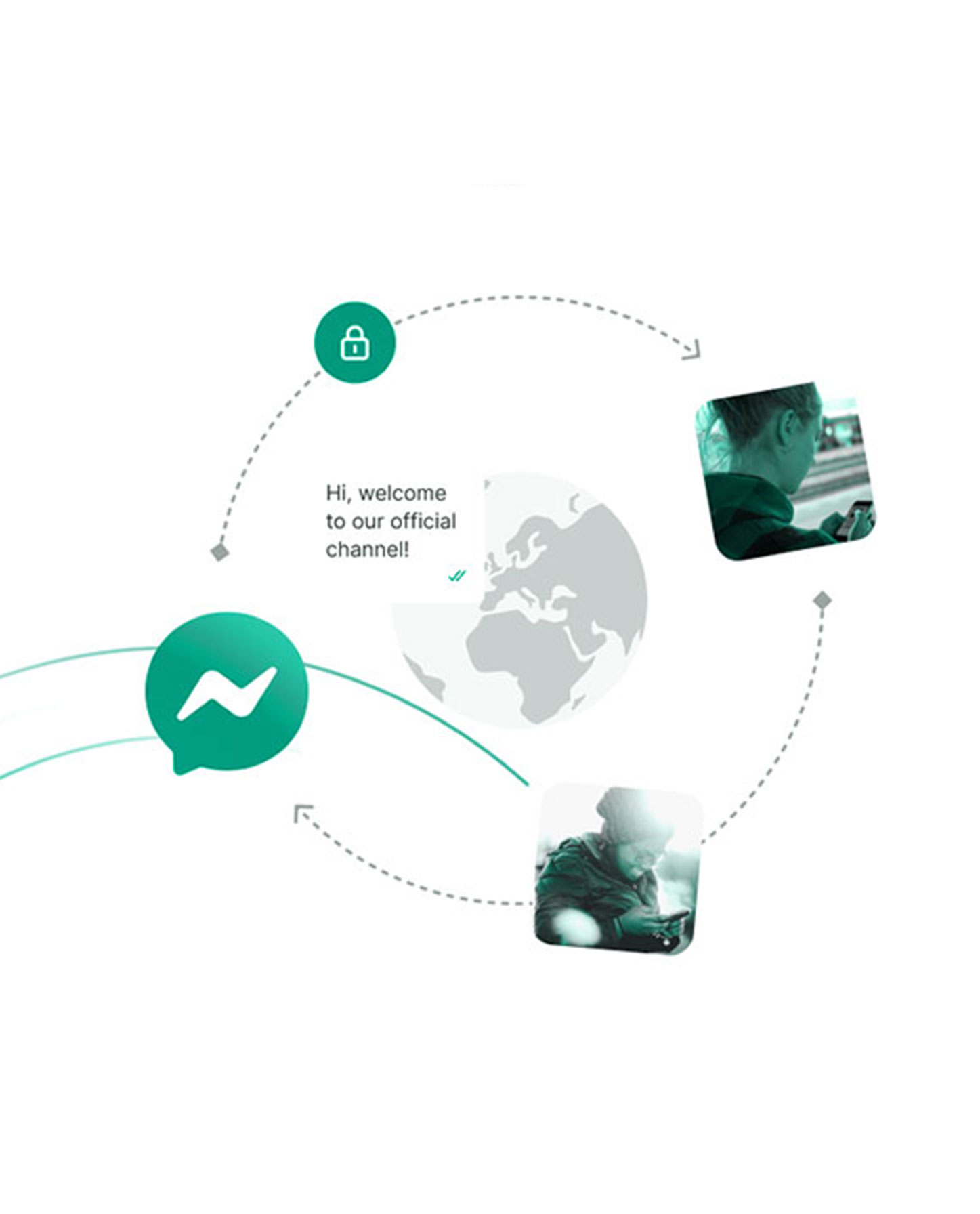
Domestic
International
SMSCs Across India
Delivery Rate
TPS
Customizable
Magnam dolores commodi suscipit. Necessitatibus eius consequatur.
-
Introduction
In today's ever-evolving digital landscape, staying abreast of technological trends is essential for business owners. A notable development in this realm is "A2P messaging," which holds significant potential for transforming how businesses engage with their audience. In an era where effective communication is paramount for success, comprehending A2P messaging and its utility is crucial.
A2P messaging, or Application-to-Person messaging, is gaining rapid prominence as the swiftest-growing channel for business communication with customers. It facilitates businesses in delivering premium customer services with ease. Essentially, A2P messaging enables companies to dispatch messages from applications or software programs to mobile users. The primary driving force behind its popularity among businesses lies in its impressive open and response rates. Consequently, it has emerged as an indispensable tool for companies of all sizes, ranging from fledgling startups to multinational corporations.
In this article, we will delve into the definition of A2P SMS, elucidate its operational mechanics, outline its advantages and use cases, and offer insights into how businesses can harness the potential of A2P messaging.
-
What is A2P message?
A2P, or Application-to-Person, messaging refers to the process of sending text messages or other types of digital communication from a software application, system, or computer program to a mobile phone or device. In essence, A2P messages are generated and sent by applications to interact with individual mobile users. This can include sending notifications, alerts, authentication codes, marketing messages, or any other automated communication from a business or organization to its customers or target audience.
passwords for two-factor authentication, delivering appointment reminders, notifying customers about promotions, and facilitating communication between businesses and their customers. These messages are a crucial tool for businesses to engage with their audience and provide timely information and services. A2P messaging is known for its high open and response rates, making it an effective means of communication in today's digital landscape.
A2P (Application-to-Person) messaging has several features that make it a valuable communication tool for businesses. Here are some key features of A2P messaging:
- Automation: A2P messages are generated and sent automatically by software applications or systems, reducing the need for manual intervention. This automation streamlines communication processes and enables businesses to reach a large audience efficiently.
- Versatility: A2P messaging can convey a wide range of information, including notifications, alerts, marketing promotions, transaction confirmations, appointment reminders, and more. This versatility allows businesses to use A2P messaging for various purposes.
- High Open Rates: A2P messages typically enjoy high open rates, as people tend to check text messages promptly. This means that important information or offers sent via A2P messaging are more likely to be seen by recipients.
- Quick Delivery: A2P messages are usually delivered rapidly, ensuring that time-sensitive information reaches recipients promptly. This is particularly important for use cases like one-time passwords for security or appointment reminders.
- Global Reach: A2P messaging can be used to reach a global audience, making it suitable for businesses that have customers or clients in different regions or countries.
- Two-Way Communication: While A2P messages are often one-way communications, they can also support two-way interactions. This allows customers to reply to messages, providing businesses with valuable feedback or enabling customer support interactions.
- Scalability: A2P messaging can be easily scaled to accommodate large or growing user bases. Businesses can send messages to thousands or even millions of recipients simultaneously.
- Integration: A2P messaging can be integrated with various software applications, customer relationship management (CRM) systems, and other tools. This makes it a seamless part of a business's communication strategy
- Analytics: A2P messaging platforms often provide analytics and reporting features that allow businesses to track the success of their messaging campaigns, including open rates, response rates, and other relevant metrics.
- Cost-Effective: A2P messaging is often more cost-effective than traditional communication methods like phone calls, making it an attractive option for businesses looking to manage their communication expenses.
- Security: A2P messaging can be secured using encryption and authentication measures, ensuring the privacy and security of sensitive information, such as one-time passwords or financial transactions.
Overall, A2P messaging offers businesses a powerful and efficient way to connect with their audience, deliver important information, and enhance customer engagement.
-
How does A2P messaging work?
A2P (Application-to-Person) messaging operates through a systematic process that involves the transmission of messages from applications, systems, or software to individual mobile users. Here's how A2P messaging works:
- Message Creation: The process begins with a business or organization creating a message using an application or software program. This message can be in the form of a text message (SMS), multimedia message (MMS), or other digital communication.
- Application Interface: The business's application or system interfaces with an A2P messaging gateway or platform. This interface allows the application to connect with the messaging service.
- Message Routing: The A2P messaging platform receives the message from the business's application. It processes the message, including any recipient information and message content.
- Message Delivery: The A2P messaging platform routes the message to the intended mobile user. This is done through various means, such as SMS gateways, telecom operators, or mobile carriers. The platform ensures that the message reaches the recipient's mobile device.
- Message Reception: The recipient's mobile device receives the A2P message. This can be in the form of a text message, multimedia message, or other communication, depending on the content and format of the original message.
- User Interaction: In some cases, the A2P message may include a call to action or the ability for the recipient to respond. For example, the message might ask the recipient to reply with a specific keyword or take a certain action.
- Feedback: A2P messaging platforms often provide feedback mechanisms for businesses. This includes information on message delivery status, such as whether the message was successfully delivered, read, or responded to. This feedback is crucial for tracking the success of messaging campaigns.
- Security Measures: To ensure the security and privacy of sensitive information, A2P messaging can be secured using encryption and authentication methods, particularly for messages involving financial transactions or sensitive data.
Overall, A2P messaging simplifies and automates the process of businesses communicating with their customers or target audience. It offers a reliable and efficient means of delivering important information, notifications, alerts, and marketing messages while also enabling two-way communication in some cases. The speed, scalability, and reach of A2P messaging make it a valuable tool for businesses looking to engage with mobile users effectively.
-
How is A2P messaging different from P2P?
A2P (Application-to-Person) messaging and P2P (Person-to-Person) messaging are two distinct categories of messaging services, each with its own characteristics and use cases. Here are the key differences between A2P and P2P messaging:
- Sender and Recipient:
- A2P Messaging: A2P messaging involves messages sent from applications, software, or automated systems to individual mobile users. The sender is typically a business, organization, or application, and the recipient is an individual mobile device user.
- P2P Messaging: P2P messaging refers to messages exchanged between individual users on their mobile devices. In P2P messaging, both the sender and the recipient are individuals who use their devices for personal communication.
- Purpose:
- A2P Messaging: A2P messages are often used for business-related purposes, such as sending notifications, alerts, marketing promotions, appointment reminders, transaction confirmations, and other automated communications. These messages are typically generated by businesses and organizations to interact with their customers or target audience.
- P2P Messaging: P2P messages are primarily for personal communication between individuals. They can include text messages, multimedia messages, voice calls, and other forms of direct interaction.
- Message Content:
- A2P Messaging: A2P messages often contain specific information or calls to action, such as appointment details, authentication codes, marketing content, and transaction confirmations. These messages are typically structured and purpose-driven.
- P2P Messaging: P2P messages can cover a wide range of topics and are more conversational in nature. They can be informal, personal, and may not have a specific business or transactional focus.
- Sender Identification:
- A2P Messaging: A2P messages often identify the sender as a business or organization. The sender is typically clear, and the message's purpose is evident.
- P2P Messaging: P2P messages identify the sender as an individual. Users communicate with their personal contacts, and the sender's identity is tied to their personal mobile number or username.
- Use Cases:
- A2P Messaging: A2P messaging is commonly used for delivering important information, notifications, customer engagement, and marketing campaigns. It is widely used in industries such as banking, healthcare, e-commerce, and customer service.
- P2P Messaging: P2P messaging is used for personal conversations between friends, family, colleagues, and acquaintances. Popular messaging apps like WhatsApp, iMessage, and SMS are examples of P2P messaging platforms.
In summary, the primary distinction between A2P and P2P messaging lies in the sender, recipient, purpose, and level of automation. A2P messaging is designed for business-related and automated communication, while P2P messaging is focused on personal, human-to-human interactions.
- Sender and Recipient:
-
What are the benefits of A2P Messaging for Customer Engagement
A2P (Application-to-Person) messaging offers several benefits for customer engagement, making it an effective tool for businesses to interact with their customers. Here are some of the key advantages:
- High Open and Response Rates: A2P messages typically have high open and response rates, as people tend to check text messages promptly. This ensures that important information or offers are more likely to be seen and acted upon by customers.
- Timely Communication: A2P messaging allows businesses to deliver timely information, notifications, and alerts to customers. This is particularly valuable for time-sensitive updates, such as appointment reminders, delivery notifications, or urgent alerts.
- Personalization: A2P messages can be personalized based on customer data and preferences. Personalized messages are more engaging and can lead to higher customer satisfaction and loyalty.
- Scalability: A2P messaging can be scaled to reach a large customer base simultaneously, making it suitable for businesses of all sizes, from small startups to large enterprises.
- Cost-Effective: A2P messaging is often more cost-effective than traditional communication methods like phone calls or direct mail. It reduces communication costs while maintaining a high level of effectiveness.
- Improved Customer Service: A2P messaging can enhance customer service by providing quick and convenient ways for customers to receive information, request assistance, or provide feedback. For example, customers can reply to A2P messages with questions or concerns.
- Versatility: A2P messaging supports a wide range of use cases, including sending transaction confirmations, promotional offers, appointment reminders, and survey requests. This versatility allows businesses to engage with customers in various ways.
- Two-Way Communication: While A2P messaging is often one-way communication, it can also support two-way interactions. This enables customers to respond to messages, ask questions, or provide feedback, fostering meaningful dialogue.
- Automation: A2P messaging is highly automated, reducing the need for manual intervention. This automation streamlines communication processes and ensures consistent and efficient customer engagement.
- Analytics and Tracking: A2P messaging platforms often provide analytics and reporting features, allowing businesses to measure the success of their messaging campaigns. This data can help optimize customer engagement strategies.
- Global Reach: A2P messaging can reach a global audience, making it suitable for businesses with customers in different regions or countries.
- Security: A2P messaging can be secured using encryption and authentication methods, ensuring the privacy and security of sensitive information, such as one-time passwords or financial transactions.